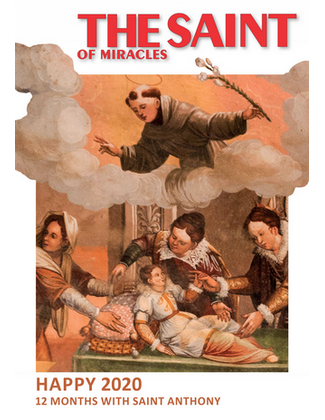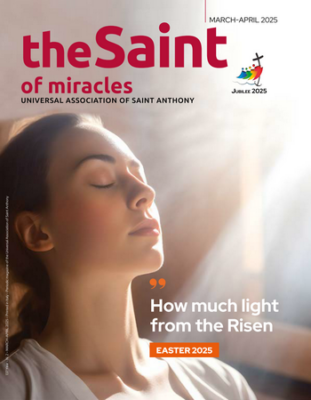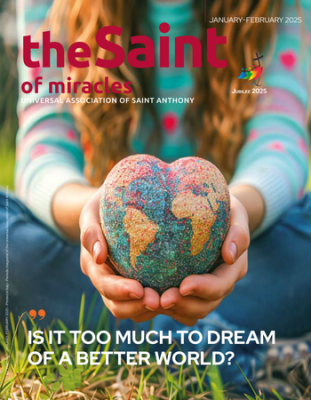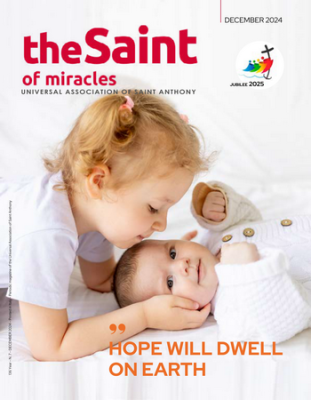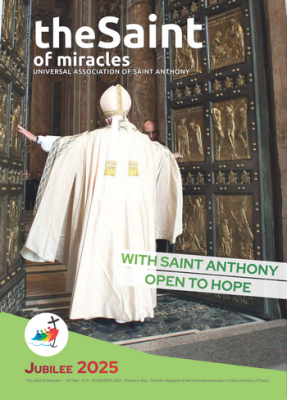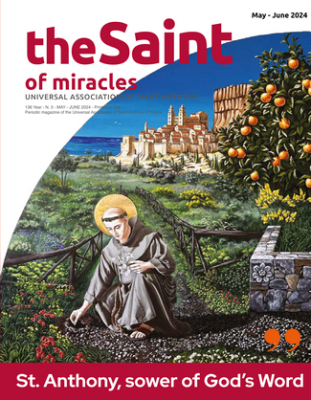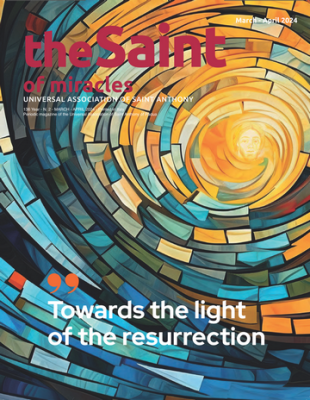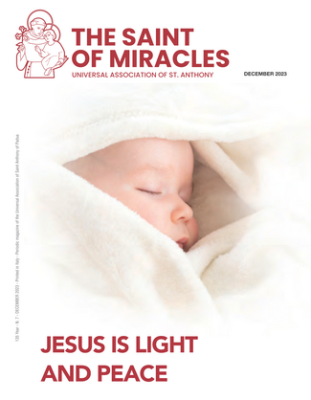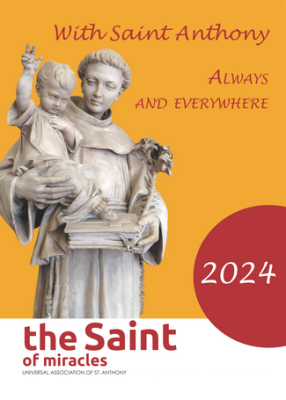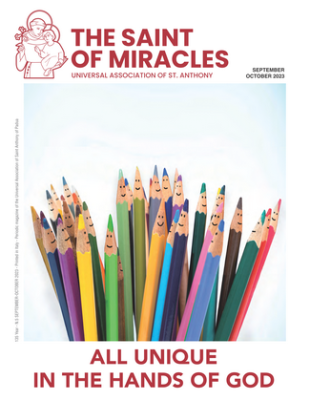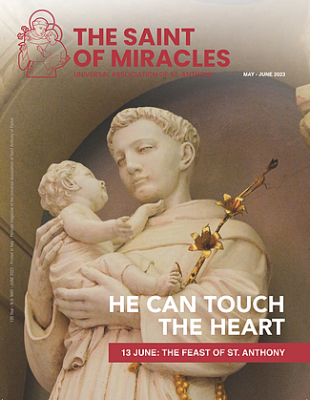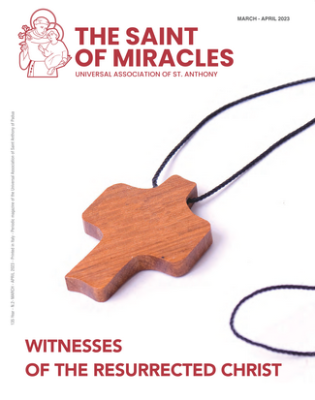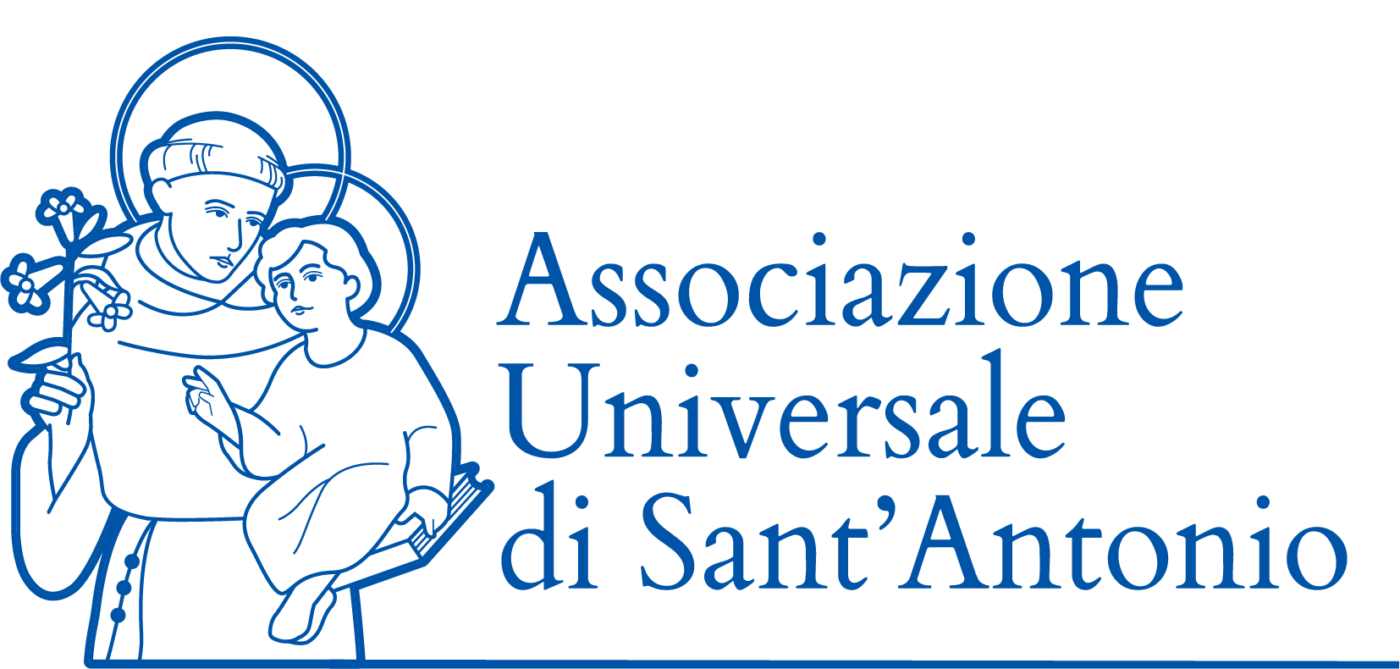Year 131 - November 2019Find out more
Anthony and Nature
Lorenzo Brunazzo

The fumes from the fires of the Amazon forest have not yet dissipated into the air - threatening the existence of the largest green lung on the planet and the richest deposit of biodiversity - and world public opinion is being urged to reflect on a major ecological and economic issue: plant disease.
Will good intentions stem bad deeds? The United Nations has proclaimed 2020 the International Year of Plant Health, pointing out that 20 to 40% of cereal production is destroyed every year by botanical diseases that cause damage estimated at around 220 billion dollars, in addition to the 70 billion caused by insects.
The global spread of destructive pests - such as the Oriental fruit fly - causes environmental and economic damage, to which the modern world is particularly sensitive. But it is also right to point out that the empathy of mankind, which is a gift and a fundamental resource, should extend to the plant world, although the latter is so far from our parameters of identification.
A living being that does not move and does not emit sounds is hardly recognized in its vital component. Yet every now and then I still shelter my spirit in the cave lost in the woods that housed me, for too little time alas, after the Chapter of Mats (Pentecost of 1221) and look sadly at the brushes of elms on the hills, threatened by incurable diseases that here and there dry the leaves: I cannot help but imagine their crying.
As it happened to me, in the last weeks of my earthly life, to embrace myself to the branches of the walnut above which I had taken refuge, in Camposampiero, to find some breath. I don’t think realistically that it felt my presence, yet its contact gave me comfort, as if there was a deep bond, a direct link between its rough fiber and the God of all things.
In my preaching, to teach and convince the multitudes, I gave to every part of “the good tree” - the one which produces good fruit before the Lord - a moral meaning. The roots that extend underground for the entire volume of the plant - as if they were rays - represent true humility: the deeper it penetrates into the depths, the lower it is, the higher it is exalted.
The trunk is a symbol of obedience, which overcomes the obstinacy of the heart, the branches of charity, the leaves of holy preaching and the fruits of the sweetness of holy contemplation. On the other hand, throughout the Bible, the tree, which is both deeply rooted in the earth and stands above all other living beings, is a symbol of the bond between heaven and earth.
The Lord in the garden in Eden had all sorts of trees sprout from the ground, including trees of life and knowledge of good and evil. After the original sin, God made man mortal: He prevented him from taking the fruits of the tree of life that would make him live forever. That tree was returned by Christ on the cross.
In the Revelation, the tree of life, planted in the middle of the square of the heavenly Jerusalem, will be given as a prize of victory to the blessed. In my preaching, I had the joy of mentioning other plants. The noble cedar, a tall and perfumed tree, which is incorruptible as the life of the righteous.
The palm tree that, like Mary, dresses in the trunk of the rough bark of charity and blooms in heaven, bearing the sweetest fruits of grace. The vine, which symbolizes faith in Christ when it is rooted in the heart of man, producing clusters of good works filled with the must of love.
And finally, the flower that was given to me as an emblem, the white, fragrant and medicamentous lily of the field: not even Solomon, with all his glory, wore such a garment. And I hold it in my hand next to the book of wisdom because there is no true wisdom without the righteousness of intentions.


 Italiano
Italiano Français
Français